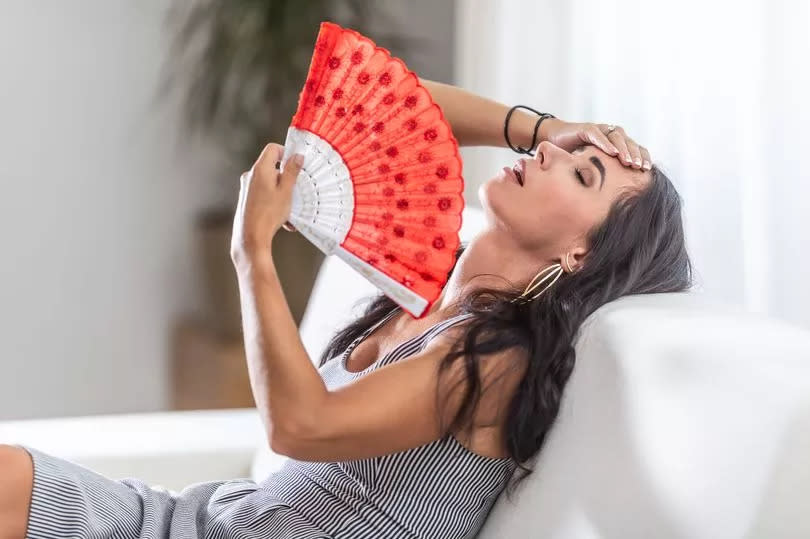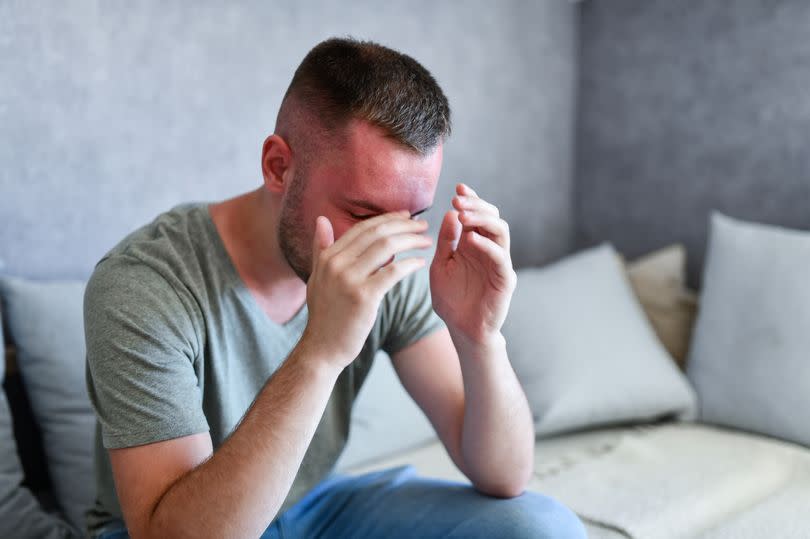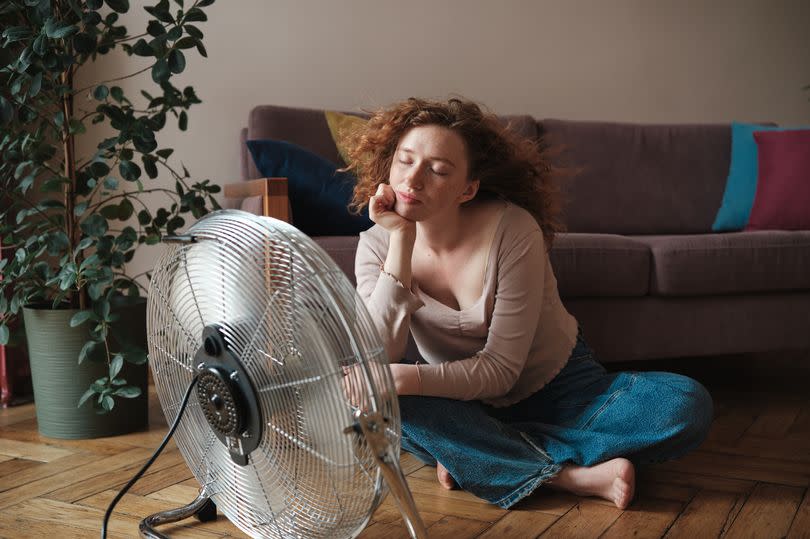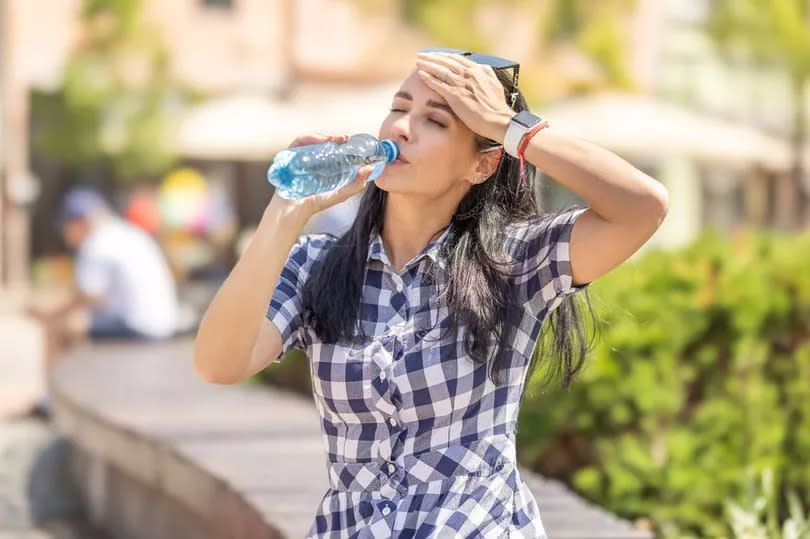How to spot signs of heatstroke as UK set to bake in 30 degree heatwave

With the country set to bake over the next few days in temperatures predicted to exceed 30C, many of us will be eager to head out into the sunshine to make the most of the long-awaited arrival of the great British Summer. After weeks of uncertainty surrounding when exactly warmer weather would hit the UK, sun-seekers will finally get their wish this week, as the Met Office have confirmed that the mercury will be skyrocketing from Sunday evening until around Thursday.
Met Office senior meteorologist Liam Eslick said: “Temperatures will increase through the week, peaking on Wednesday and Thursday with highs of 30-31C in the South East."
Yet while some people will thrive in the heat, others may not fare to well, with the UK Health Security Agency even having issued a yellow warning for almost the whole country due to the scorching temperatures, with vulnerable people being urged to stay indoors and drink plenty of water.
READ MORE: Summer health warning as these common medications make heatwaves more dangerous
However, if you will be heading outside it’s important to use plenty of sunscreen to help prevent against sunburn, with the NHS themselves advising a minimum of SPF30 to keep your skin healthy and well protected. Everyone, regardless of age is also advised to continue to drink plenty of water and to stay well hydrated to avoid the harmful health effects of conditions such as heat exhaustion and heatstroke - which could prove fatal if left untreated.
If you will be enjoying your time in the sun, it’s important to know the signs of both heat exhaustion and heat stroke, so you know what to do should the worst happen.
Heat exhaustion signs and symptoms

Unlike heatstroke, heat exhaustion doesn’t require any emergency medical attention, so long as the person can be cooled down in 30 minutes or less. If it lasts longer than this, it could turn into an emergency, at which point it is vital to seek medical help.
Some of the signs and symptoms of the condition include:
Tiredness;
Fizziness;
Headache;
Feeling sick or being sick;
Excessive sweating and skin becoming pale and clammy or getting a heat rash, but a change in skin colour can be harder to see on brown and black skin;
Cramps in the arms, legs and stomach;
Fast breathing or heartbeat;
A high temperature;
Being very thirsty;
Weakness.
How to treat heat exhaustion

If someone has heat exhaustion, follow these five steps:
Move them to a cool place;
Remove all unnecessary clothing like a jacket or socks;
Get them to drink a sports or rehydration drink, or cool water;
Cool their skin – spray or sponge them with cool water and fan them. Cold packs, wrapped in a cloth and put under the armpits or on the neck are good too;
Stay with them until they're better.
They should start to cool down and feel better within 30 minutes, however if this is not the case, they person’s condition may have progressed to heat-stroke, at which point you should call 999 immediately.
Signs and symptoms of heatstroke

The person is still unwell after 30 minutes in the shade and after drinking fluids;
A very high temperature;
Hot skin that’s not sweating, it may look red (this can be harder to see on brown and black skin);
A fast heartbeat;
Fast breathing or shortness of breath;
Confusion and lack of co-ordination;
A seizure or fit;
Loss of consciousness;
Preventing heat exhaustion and heatstroke

According to the NHS, there is a high risk of heat exhaustion or heatstroke during hot weather or exercise, with vulnerable people such as the elderly, young children, and those with underlying health conditions (such as diabetes or heart problems) among the most susceptible to heat related illness.
But luckily there are some ways to protect yourself and guard against either condition, such as:
Drinking more cold drinks, especially if you're active or exercising;
Wearing light-coloured, loose clothing;
Avoiding the sun between 11am and 3pm;
Avoiding excess alcohol;
Avoiding extreme exercise;
If you're inside on a very hot day, close curtains, close windows if it's hotter outside than in your home and turn off electrical equipment and lights that get hot.

 Yahoo News
Yahoo News 
